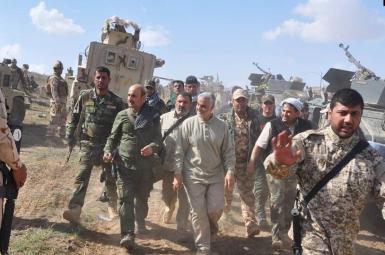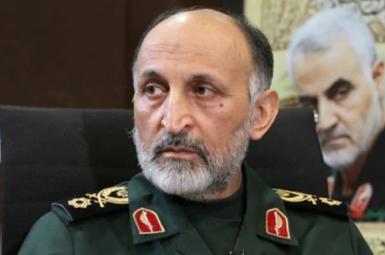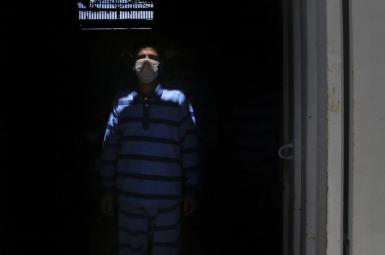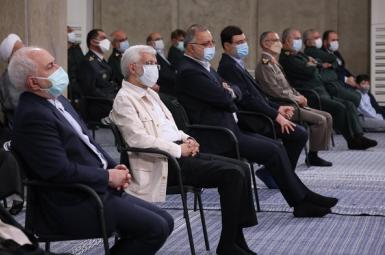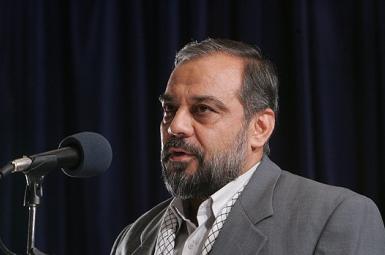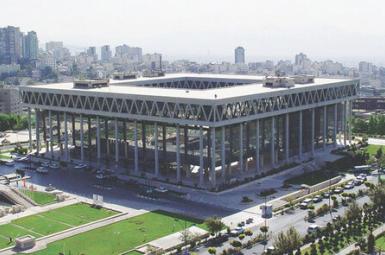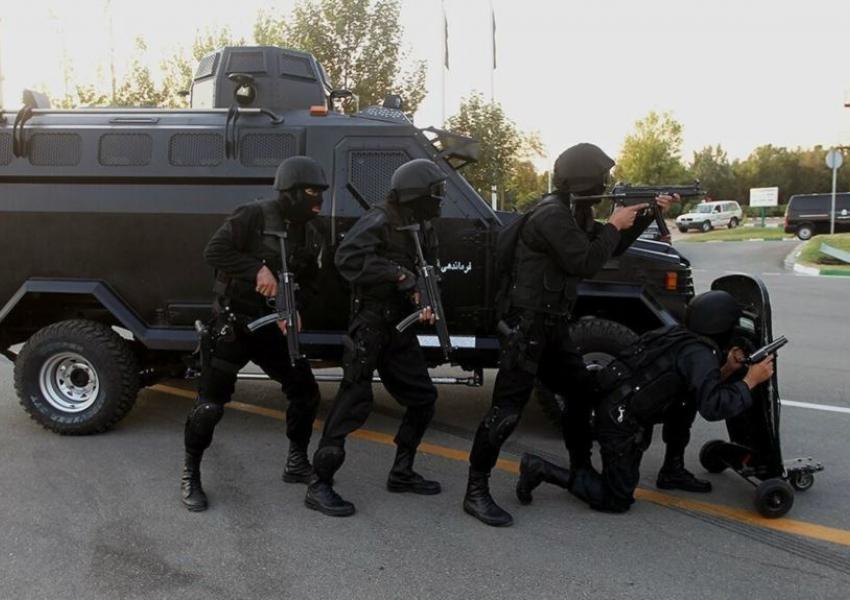
IRGC Makes New Appointments In Anticipation Of Protests
A major reshuffle of commanders and deputy commanders of Iran’s Revolutionary Guards (IRGC), particularly in Tehran, is mainly geared toward enhancing security of major cities as the government anticipates urban unrest.
Over the past few days, IRGC Commander-in-Chief Hossein Salami has appointed Mohammad Reza Yazdi as the deputy commander of the Basij militia, which comes under IRGC supervision, the Tabnak website, which is close to former IRGC Commander-in-Chief Mohsen Rezaei, reported on Monday November 23.
Salami appointed Hassan Hassanzadeh as IRGC commander in Tehran, in whose metropolitan area live around 15 million Iranians. Salami appointed Ahmad Zolghadr as head of the IRGC for Tehran province. Introducing the commanders at a flag-raising ceremony in Tehran Monday morning [November 23], Salami praised the IRGC and the Basij, claiming other countries have copied their structure and command structure.
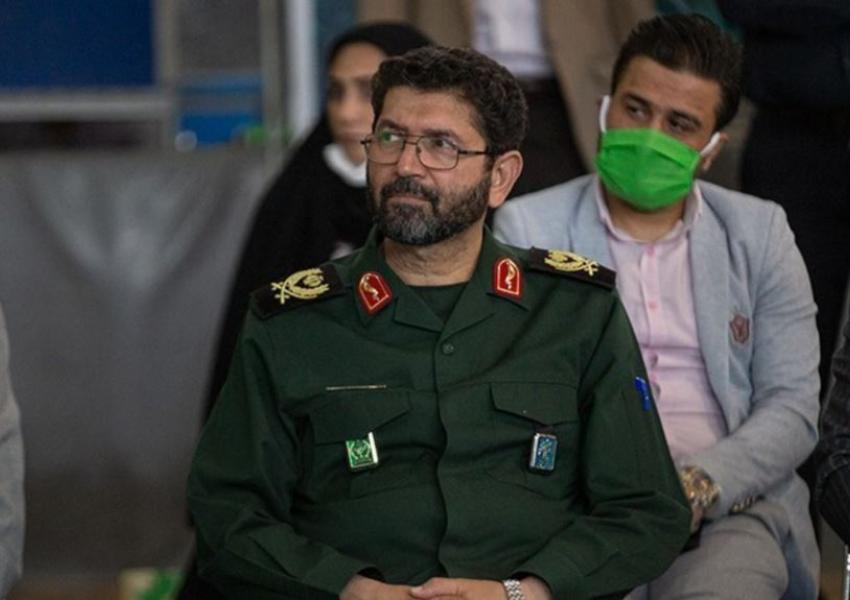
Hassan Hassanzadeh appointed as commander of IRGC in greater Tehran. November 23, 2020
The personnel changes followed a major reshuffling of commanders across the Revolutionary Guard units over the past year. Among IRGC experts outside Iran, Morad Vaisi of Iran International has argued the changes were mainly aimed at enhancing the IRGC’s ability to combat urban riots.
The three new commanders - Yazdi, Hassanzadeh and Zolghadr - have all spent most of their careers commanding anti-riot security forces. Although the IRGC has released little information about them, Hassanzadeh appears to be the youngest and born around the time of the 1979 Revolution.
Since 2018, when nationwide protests against social injustice and economic hardship took place, the IRGC, Supreme Leader Ali Khamenei and President Hassan Rouhani have been preoccupied with curbing major riots. After the November 2019 protests following a sudden rise in gasoline prices, the regime became more determined to crush protests. Rouhani warned back in May 2019, after the US imposed draconian sanctions, of economic pressures on “our banks, oil sales or imports and exports” that amounted to “a war unprecedented in the history of our Islamic revolution.”
Changes at the top of the IRGC began in 2019, shortly after Khamenei appointed Salami to replace Mohammad Ali Jafari as the IRGC commander-in-chief. Salami in May 2019 appointed Ali Fadavi as deputy commander, and Mohammad Reza Naghdi as a deputy commander for coordination. Salami also replaced the deputy commander of IRGC Intelligence Hossein Nejat with the less known Hassan Mohaghegh.
Praising the IRGC for its “geographically boundless power,” Salami claimed at Sunday’s appointments ceremony that the US had lost power during the past decade and was internally near implosion. “Its impact is limited and useless, and its political might no longer exists,” Salami said. Another power, he said, meaning Iran, was responsible for the US decline.
Although the restructuring was characterized in 2019 as a way of rejuvenating the IRGC’s rank and file, the most important characteristics of the new appointees is their background in crushing protests. Another characteristic is the setting up, based on a directive by Khamenei, of localized commands to tackle dissent.
In the summer of 2020, the IRGC and the Basij set up neighborhood squads. Earlier, IRGC commanders had said that it was difficult to control crowds when protests took place in more than 100 cities and they had to move their units around.

